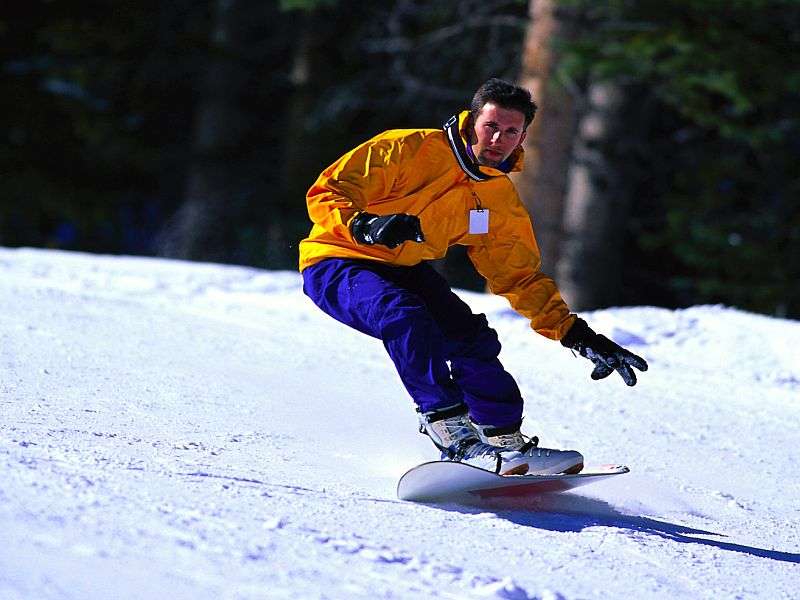Navigating ski slopes safely

(HealthDay)—Many people head for the slopes at the first sign of snow, but it's important to get into shape and take other safety precautions to ensure winter sports are fun and injury-free, the National Ski Areas Association (NSAA) cautions.
First, skiing or snowboarding equipment should be properly maintained and adjusted before you hit the mountain, the group advises. Local ski shops offer these services as well as providing rental equipment.
It's also important to wear water- and wind-resistant clothes while skiing and snowboarding. Look for snow-friendly features such as wind flaps that cover zippers, cuffs that cinch at the wrists and ankles, collars that hug the chin and adjustable drawstrings. Don't cut corners when choosing skiing and snowboarding equipment and clothing, the NSAA recommends. High-quality products will help you stay safe and warm.
The NSAA provides the additional winter sports safety tips:
- Dress in layers. Start with a moisture-wicking base layer, such as a polypropylene shirt and leggings. Then add a turtleneck, sweater and jacket to keep you warm. This way you can add or remove layers as your body temperature changes during physical activity.
- Always be prepared. Even if the forecast is sunny, bring a headband or hat with you to the slopes and wear gloves or mittens.
- Wear sunscreen. The sun's harmful UV rays can reflect off snow, even on cloudy days.
- Protect your eyes. Sunglasses or goggles should always be worn to protect your eyes from the sun's glare.
- Learn from the pros. Taking a lesson from a qualified instructor is a great way to improve your technique on the slopes and help you stay in control and safe.
- Be mindful of changing conditions. It's important to understand and recognize how conditions may evolve on the slopes and how you should adjust your technique to adapt to these changes. For example, if the snow gets hard-packed and icy, start a run more slowly to stay in control.
- Don't take unnecessary risks. If you find yourself on a run that exceeds your abilities, leave your skis or snowboard on and sidestep down the slope.
- Stay hydrated. Be sure to drink plenty of fluids between runs. Stick with nonalcoholic beverages until you're off the slopes.
- Don't push it. If you're feeling tired, stop. Don't push yourself and try to fit in one more run. Doing so increases your risk for injury.
- Remember "Your Responsibility Code." Always follow these seven key safety rules: Stay in control; people ahead of you have the right of way; only stop in a safe place for you and others; look uphill and yield when starting downhill or merging; use devices to prevent runaway equipment; stay off closed trails and observe other warning signs; and know how to use the lifts safely.
More information: The American Academy of Orthopaedic Surgeons provides more information on winter sports safety.
Copyright © 2017 HealthDay. All rights reserved.



















